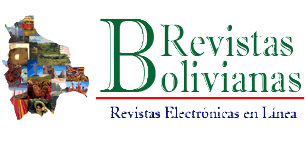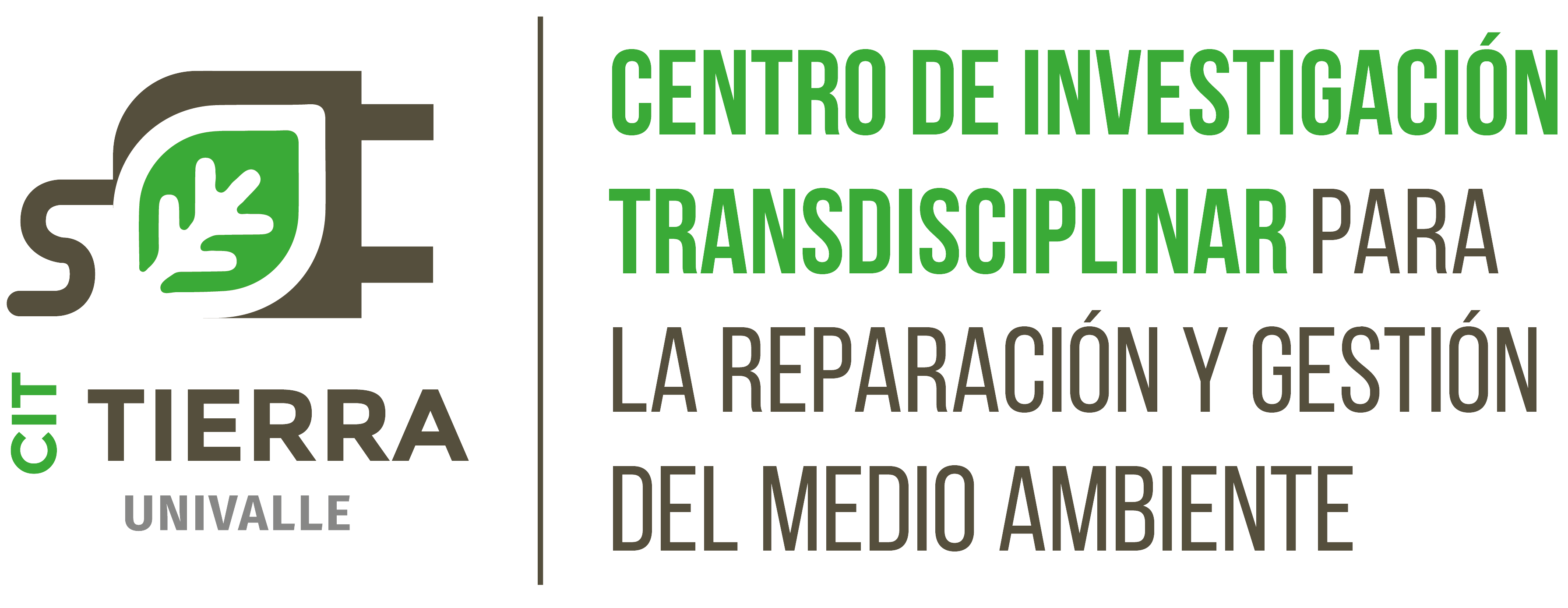Submissions
Submission Preparation Checklist
As part of the submission process, authors are required to check off their submission's compliance with all of the following items, and submissions may be returned to authors that do not adhere to these guidelines.- The submission has not been previously published, nor is it before another journal for consideration (or an explanation has been provided in Comments to the Editor).
- The authors have duly completed the authorship statement, and attached it to the submission.
-
The authors have duly completed, signed, scanned, and attached the copyright agreement
- The article follows both guidelines and format shown in the template.
- The submission file is in Microsoft Word format (the platform supports the following file extensions: doc; docx; pdf; gif; jpg; png; xlsx; xlsm).
- The text is formatted with 12-points Times New Roman font. The line spacing is 1.5. Likewise, the paper size of the document is letter.
- The article is preferably 7000 words long at most.
- Complementary information is attached to the submission (databases, questionnaires, etc.) as evidence that may allow checking the authenticity of the results and replicate the analyses.
- In case the manuscript is published, the authors agree that the complementary information (databases, questionnaires, etc.) will be published as well, thus securing the anonimity of the participants in the study.
- The authors agree to carry out the corrections suggested by both the chief editor and peer-reviewers.
- The authors agree that the paper will be checked with the plagiarism detection tool (Plagiarism Checker).
- The authors agree to reduce the similarity index (detected by Plagiarism Checker) of the paper to less than 25%.
- Where available, DOIs for the references have been provided.
Scientific Paper
Política de sección por defecto
Copyright Notice
Authors who publish with this journal agree to the following terms:
- Authors retain copyright and grant the journal right of first publication with the work simultaneously licensed under a Creative Commons Attribution License 4.0 that allows others to share the work with an acknowledgement of the work's authorship and initial publication in this journal.
- Authors are able to enter into separate, additional contractual arrangements for the non-exclusive distribution of the journal's published version of the work (e.g., post it to an institutional repository or publish it in a book), with an acknowledgement of its initial publication in this journal.
- Authors are permitted and encouraged to post their work online (e.g., in institutional repositories or on their website) prior to and during the submission process, as it can lead to productive exchanges, as well as earlier and greater citation of published work.
Privacy Statement
The data collected from registered and non-registered users of this journal falls within the scope of the standard functioning of peer-reviewed journals. It includes information that makes communication possible for the editorial process; it is used to informs readers about the authorship and editing of content; it enables collecting aggregated data on readership behaviors, as well as tracking geopolitical and social elements of scholarly communication.
This journal’s editorial team uses this data to guide its work in publishing and improving this journal. Data that will assist in developing this publishing platform may be shared with its developer Public Knowledge Project in an anonymized and aggregated form, with appropriate
exceptions such as article metrics. The data will not be sold by this journal or PKP nor will it be used for purposes other than those stated here. The authors published in this journal are responsible for the human subject data that figures in the research reported here.
Those involved in editing this journal seek to be compliant with industry standards for data privacy, including the European Union’s General Data Protection Regulation (GDPR) provision for “data subject rights” that include (a) breach notification; (b) right of access; (c) the right to be
forgotten; (d) data portability; and (e) privacy by design. The GDPR also allows for the recognition of “the public interest in the availability of the data,” which has a particular saliency for those involved in maintaining, with the greatest integrity possible, the public record of
scholarly publishing.










